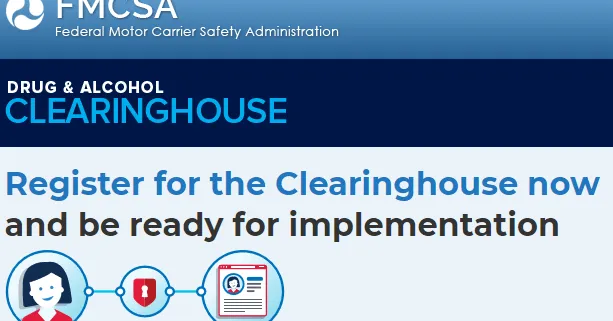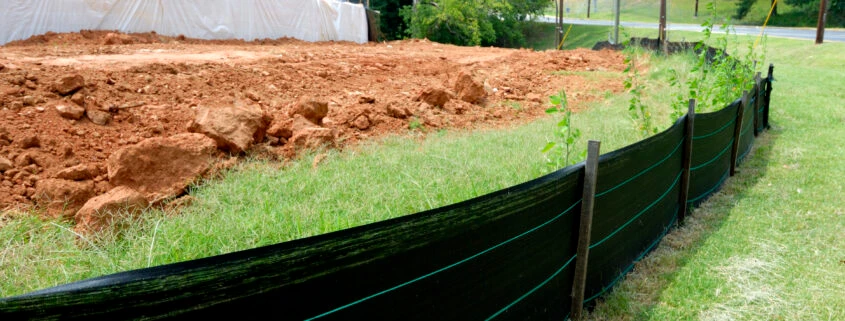FMCSA Updates
FMCSA Announces Raise In Random Drug Test Percentage From 25% To 50%
The Federal Motor Carrier Safety Administration (FMCSA) announces an increase in the minimum annual percentage rate for random controlled substances testing for drivers of commercial motor vehicles which require a CDL. Starting 2020, 50% of the average number of driver positions will be drug tested as opposed to the previous year’s 25%.
The rule change is in response to the percentage of positive drug test results from the past year surpassing the 1% mark. A provision in the 2001 final rule titled “Controlled Substances and Alcohol Use and Testing” requires the FMCSA administration to increase the minimum random testing percentage rate when percentages of positive tests reach above 1%.
FMCSA Drug and Alcohol Clearinghouse
As many already know, the Drug Clearinghouse put in place by the FMCSA on January 6, 2020 has gone into effect. This requires all employers of CDL drivers to be registered on FMCSA’s Drug Clearinghouse. The increase of the minimum random required drug test percentage is NOT related to anything regarding the Drug Clearinghouse.
A company must be registered before it can hire any CDL driver after January 6, 2020.
In addition to new hires, all current CDL drivers must be have their information submitted through the FMCSA Clearinghouse.
Each query will cost a company $1.25 and require certain release forms. Failing to comply with the new regulations may result in fines and penalties.
The FMCSA has also released the following statement:
If your company needs assistance or has questions about Drug & Alcohol Clearinghouse or the new Drug Testing Requirements, please Ask HB NEXT, or call us directly at 770-619-1669.



